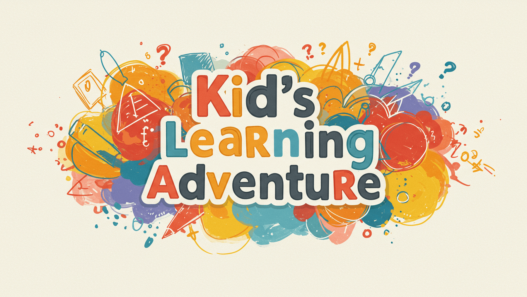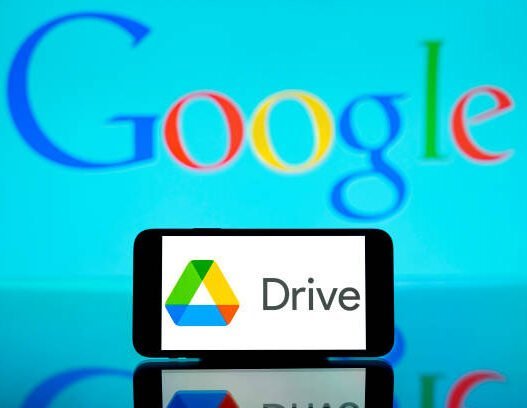t high costs.

Gemma 3, Google’s latest open-source large language model (LLM), offers state-of-the-art AI capabilities to a broad user base. Its models, ranging from 1B to 27B parameters, support multilingualism (140+ languages), multimodal processing (images and text), and a large context window (up to 128k tokens).Gemma 3 empowers developers and businesses, particularly small and medium-sized businesses (SMBs), by providing accessible, high-performance AI solutions.
What is Gemma 3?
The Gemma 3 family of open-weight LLMs includes models with 1 billion, 4 billion, 12 billion, and 27 billion parameters, each offering both base and instruction-tuned versions. While all models have a base version and an instruction-tuned version, the 1 billion parameter model only supports text input. The remaining models (4B, 12B, and 27B) support multimodal input (both text and images). The context window has been expanded to 32k tokens for the 1B model and 128k tokens for the 4B, 12B, and 27B models.
Improved Features and Capabilities
- Models undergo pre-training with 32,000 sequences and are scaled to 128,000 tokens (for 4B, 12B, and 27B models). This includes adjustments to positional embeddings and optimized Key-Value Cache management to conserve memory.
- Gemma 3 integrates SigLIP as an image encoder, enabling both image and text processing. An implementation of the “pan and scan” algorithm facilitates detailed image inspection during inference. Images receive full attention to ensure comprehensive visual comprehension, while text is processed with unidirectional attention.
- The pre-training dataset has expanded to include twice the volume of multilingual data, thereby broadening language representation. Gemma 3 employs the SentencePiece tokenizer identical to Gemini 2.0 (comprising 262,000 entries), which improves the encoding of Chinese, Japanese, and Korean text.
Example Use Cases
Gemma 3’s multimodal question answering capability allows it to respond to queries based on both textual and visual input. For example, when presented with an image of a candy, Gemma 3 can correctly identify the animal depicted on it.

Prompt: “What animal is on the candy?”
Generation: “Let’s examine the candy in the image! The animal on the candy is a turtle. The shell, head, and legs of the turtle are clearly visible on the candy’s surface.”
Gemma 3 for SMBs
Gemma 3 provides several advantages for SMBs
- Accessibility: Gemma 3 is an open-source model, allowing SMBs to access and customize AI technology without the high costs of proprietary models.
- Versatility: With multilingual and multimodal capabilities, Gemma 3 can handle various business needs, from customer support to content creation, and cater to a diverse customer base.
- Efficiency: Gemma 3 offers a range of sizes (1B to 27B) allowing SMBs to select a model that fits their specific hardware and performance requirements, making it suitable for single-GPU or TPU applications. Additionally, the availability of quantized versions further reduces computational needs.
- Customization: SMBs can fine-tune and adapt Gemma 3 to their unique requirements using tools like Hugging Face’s Transformers library, Google Colab, or Vertex AI.
Get started with Gemma 3
- Explore Gemma 3 instantly in your browser using Google AI Studio.
- Download Gemma 3 models from Hugging Face, Ollama, or Kaggle to build and customize.
- Deploy and scale your Gemma 3 creations using Vertex AI.
Gemma 3 offers state-of-the-art capabilities and is an accessible, open-source tool that empowers SMBs to enhance their operations and customer experiences without significant financial investment. Its combination of advanced features and open accessibility makes it a revolutionary solution for businesses seeking to leverage AI.
Resources: Google Developer Blog , Hugging Face Blog




















